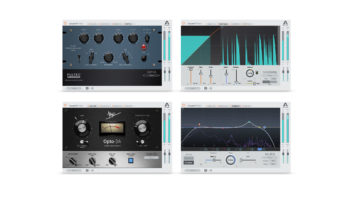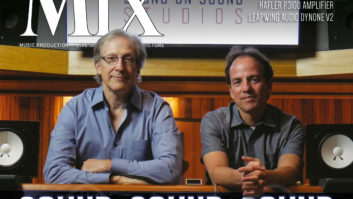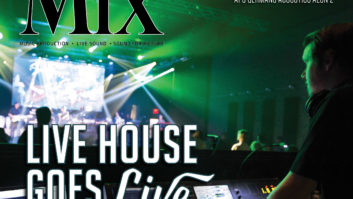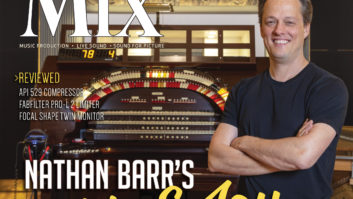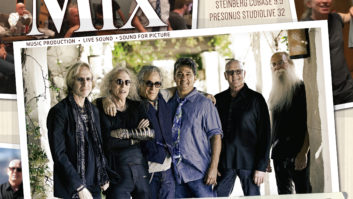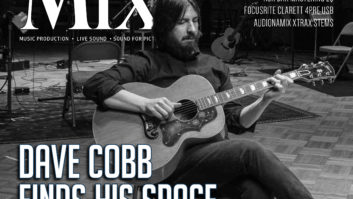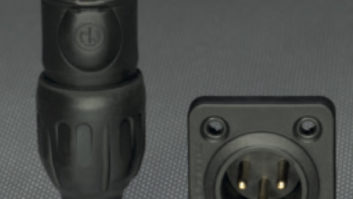Mike Levine: Mix Technology Editor, Studio
We’re All Gonna DI: My workflow for electric guitar overdubs almost always starts with a DI recording rather than a miked amp. I find it to be quite efficient.
Unless I’m recording a clean rhythm track, I’ll usually track it while monitoring through an amp-and-effects modeling plug-in. (My current favorite is Line 6 Helix Native.) Of course, monitoring through a plug-in brings the latency devil into the equation, but as long as I’m able to set my record buffer at 256 samples or lower, I can deal with it. I’ll bleed in a little direct sound in my headphones just to help me stay locked with the time if the latency delay is making it tough.
If I’m working on a song that’s already got a ton of tracks and plug-ins, and it’s using too much CPU power to allow me to set the buffer that low, I’ll make a reference mix and open it in a new session. I’ll track my part along with it, and then import the new guitar track into the original session.
But fear not, this doesn’t mean I use an amp modeler for the final sound every time. I’ll often reamp the DI tone through a tube amp and mic it. But typically I won’t make the final decision about a tone—whether to keep using the modeler or whether to reamp and mic—until I’m well into the mix.
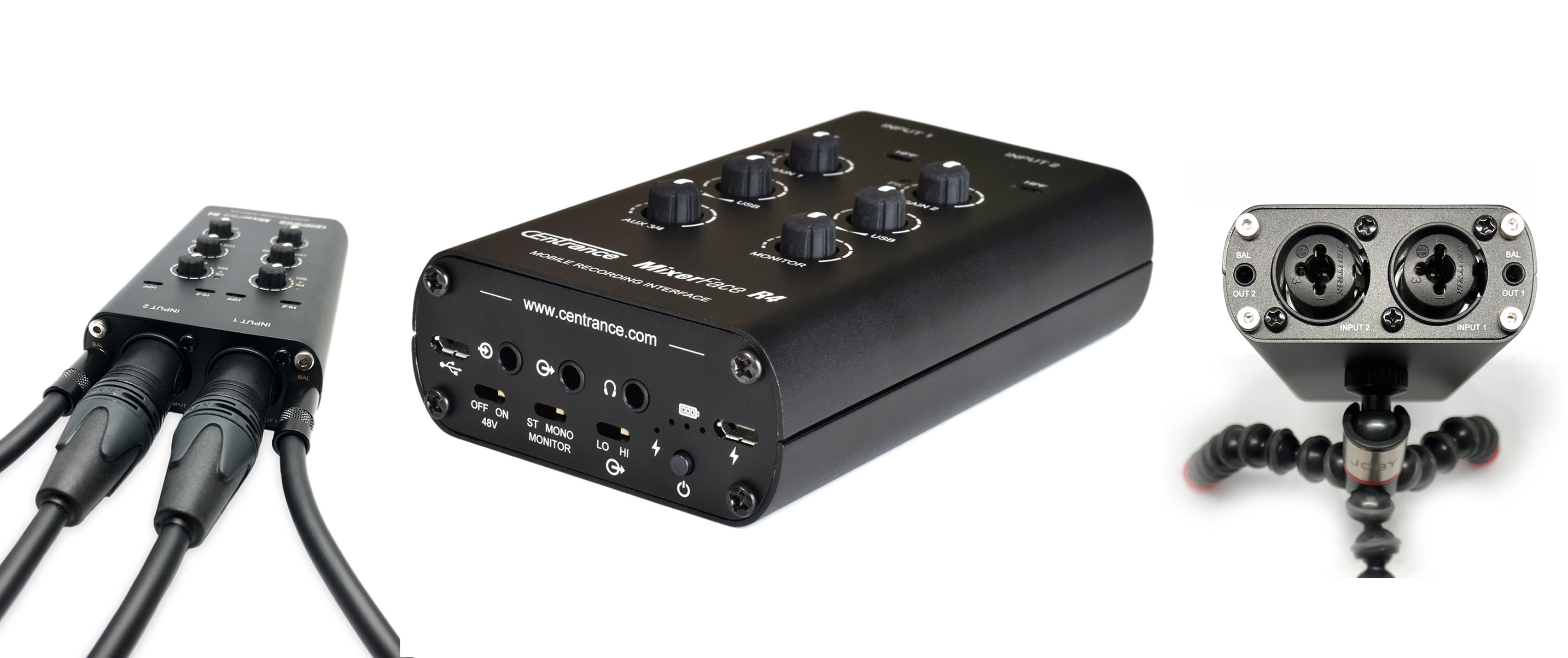
Mini-Review: CEntrance MixerFace R4: The idea of being able to record anywhere is compelling. Whether you do field recording or just want to be able to work on music projects outside of your studio (and I mean anywhere outside of your studio, as long as you’re not underwater), CEntrance’s MixerFace R4 Mobile Recording Interface lets you go forth untethered and record with high quality into your laptop, mobile device, portable recorder or video camera.
The handheld, battery-operated R4 offers impressive-sounding mic pre’s and converters, and plenty of handy features. Two Neutrik combo inputs with globally switchable phantom power allow you to connect XLR mics or guitars, basses and other Hi-Z sources. The inputs each have a highpass filter switch and a gain knob. An aux-in circuit, accessed with a 1/8-inch jack, is controlled by a volume knob.
For outputs, you get a 1/8-inch headphone jack and left and right 1/8-inch TRS balanced outputs for feeding monitors or any other external gear, with an additional stereo 1/8-inch line out.
With an Oktava MK-012 mic, I recorded acoustic guitar, resonator guitar and vocals, and all sounded roughly comparable to the quality I get through my desktop interface, which is no cheapy. Through the instrument inputs I tracked DI electric guitar and bass with equally happy results.
Steve La Cerra: Mix Technology Editor, Live
Find Someplace Else to Live: My cousin Frank sent me a message and a link to an online article published last week that discussed the reorganization of the wireless spectrum and its effects on wireless microphone and instrument users. Frank doesn’t work in the audio industry, so the whole thing was news to him. “Will this be a PITA for you?” he asked. If only he knew. As someone who participates regularly in church services (he’s a deacon), Frank and his parishioners would be concerned.
Audio pros have been over it ad nauseam: broadband wireless providers with deep pockets want the prime real estate of the 600 and 700 MHz bands for their own use, and the audio industry is a gnat on the FCC’s office wall. When presented with the opportunity to “sell” air rights to companies like Google or ATT for tens of billions of dollars, the FCC jumps, and really doesn’t give a rat’s behind if they jump up and down on the graves of the audio guys, whether we’re working on tours, Broadway shows, sporting events or in houses of worship. We simply don’t have the resources to compete.
Want more stories like this? Subscribe to our newsletter and get it delivered right to your inbox.
What has become evident in the past few years is that the FCC’s reorganization is hurting small audio operators like that church with a few hundred parishioners who can barely keep the lights on or afford to fix the roof, let alone fork up a few grand for new wireless microphones. Wireless manufacturers have been more than gracious by creating trade-in programs, but they can only go so far. I can just see some knucklehead representing AT&T walking in on a service and trying to shut it down because a minister is using an old wireless system in the 700 MHz band.
Tremendous efforts by Shure, Sennheiser, Lectrosonics and Audio-Technica have helped get us some concessions from the FCC, but the FCC’s message clearly remains “find somewhere else to live.”
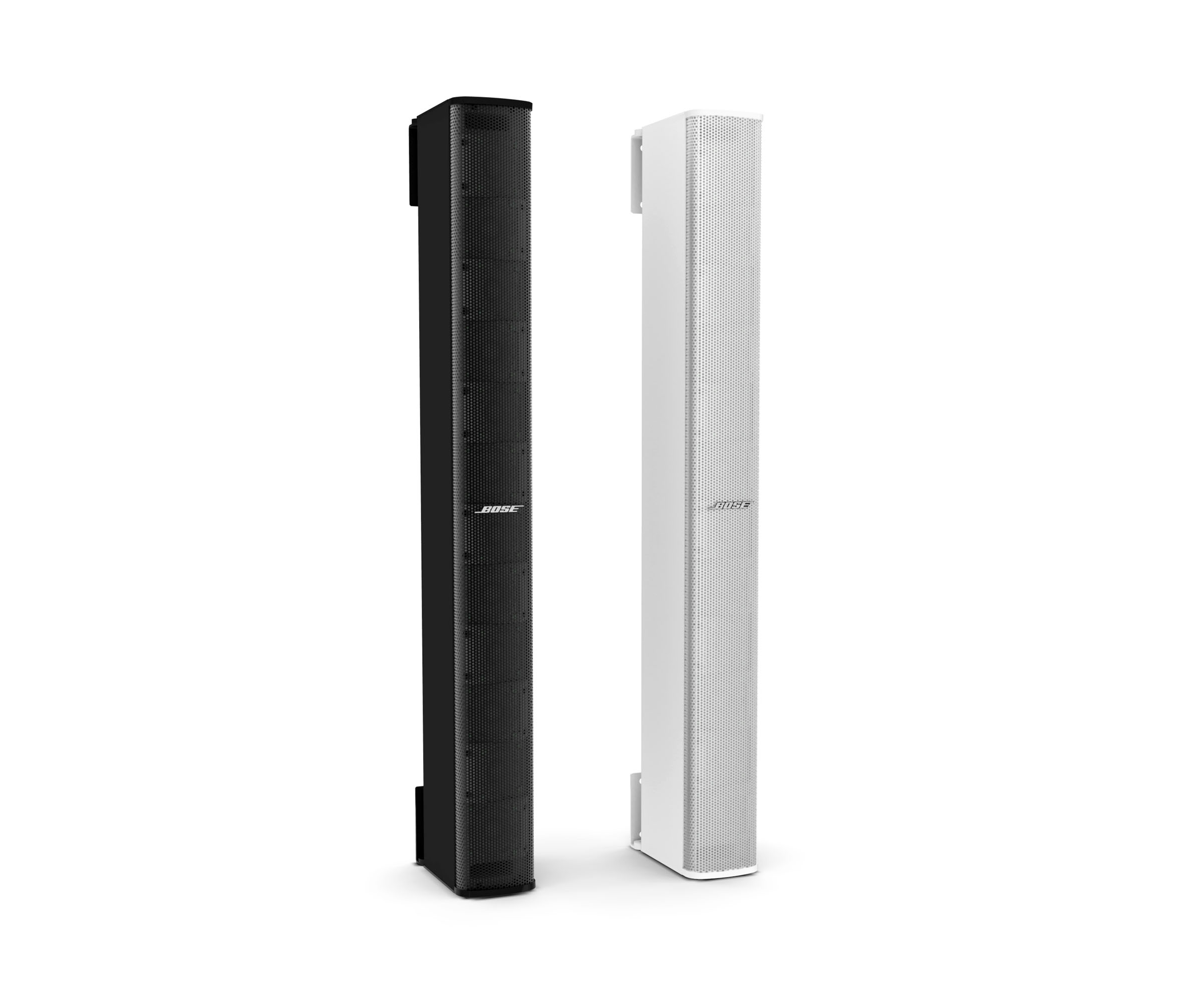
Product of the Month: Bose Panaray MSA12X: Intended for use in house-of-worship applications, auditoriums, lecture halls, theaters and conference rooms, the Panaray MSA12X Modular Steerable Array Loudspeaker from Bose Professional is a self-powered, steerable array. Each MSA12X employs 12 full-range 2.25-inch transducers in a columnar line array configuration engineered for high vocal intelligibility and full-range music reproduction in acoustically-challenged spaces. Bose’s proprietary Articulated Array provides 160-degree horizontal coverage, while built-in DSP enables digital control and beam steering of the vertical coverage patterns. Vertical coverage for a single MSA12X is 20 degrees. Frequency response is spec’d at 75 to 14,000 Hz.
